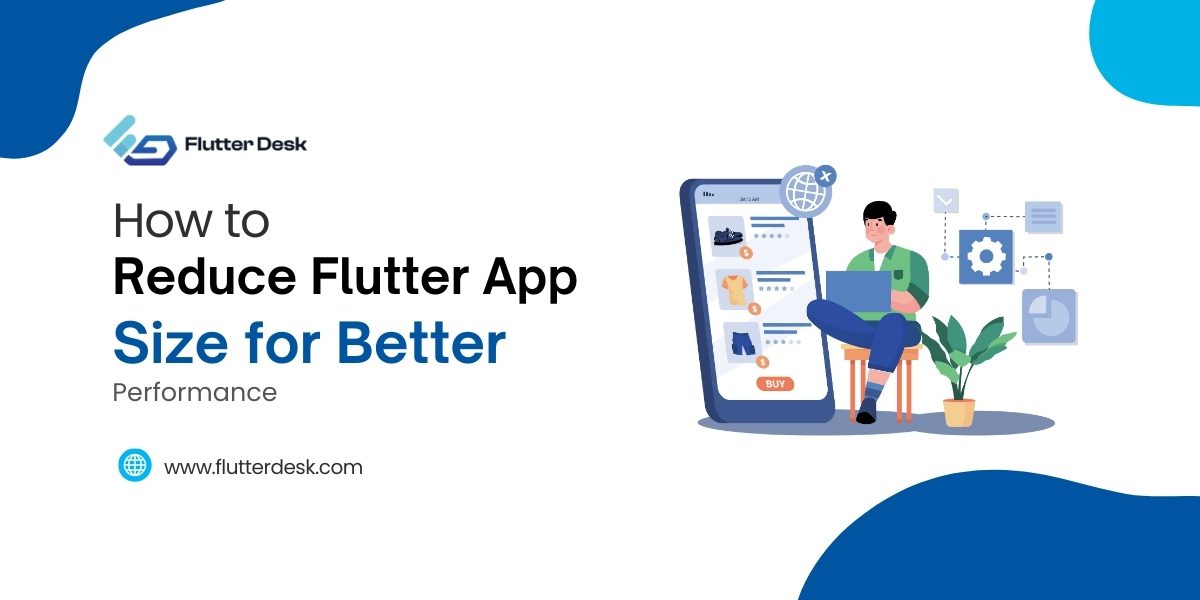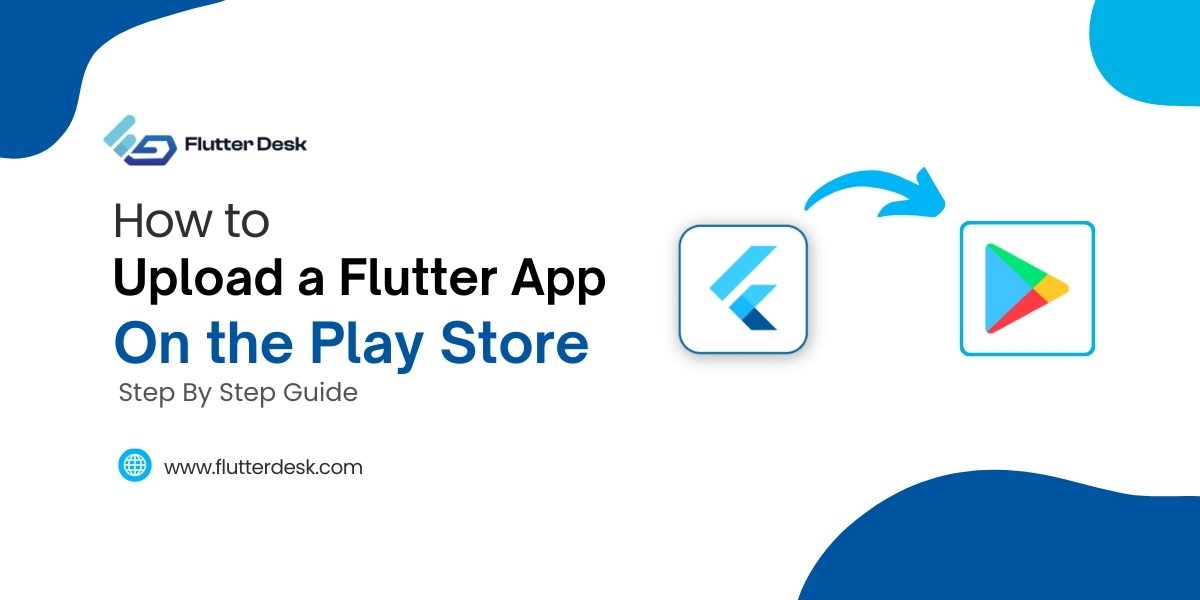A clear and comprehensive “Scope of Work” (SOW) has become indispensable in the rapidly evolving app development world. Not only does it provide a roadmap for the development process, but it also sets clear expectations, reducing potential misunderstandings and conflicts. The SOW document lays the groundwork, ensuring that both the developer and the client are on the same page regarding objectives, deliverables, and timelines. This article delves deep into the nuances of crafting an effective SOW for developing app, underscoring its significance and offering a practical guide to ensure your projects run smoothly and successfully.
What is the Scope of Work Document?
A “Scope of Work” (SOW) is a precise document that outlines the specific tasks, deliverables, and timelines a project will encompass. In the context of app development, the SOW demarcates the project’s boundaries, ensuring that developers and clients have a shared understanding of the project’s goals, features, and limitations, thereby eliminating ambiguities and setting the stage for a streamlined development process.
What is SOW in Project Management?
In app development, SOW in project management refers to the document that establishes the groundwork. It provides clarity, acts as a reference point, and ensures the client and developer have aligned expectations.
The Differences Between a Statement of Work vs. Scope of Work
A Statement of Work Vs. Scope of Work, though frequently used interchangeably, serves distinct functions within project management. The Statement of Work is a comprehensive document that provides an overarching view of the entire project. It encompasses not only the specific tasks and deliverables but also covers aspects like the project’s objectives, methodologies, payment terms, and other broader contractual obligations.
On the other hand, the Scope of Work drills down into the specifics. It’s the section within the SOW document that details the particular tasks to be performed, the expected outcomes, the criteria for acceptance, and the project’s boundaries. In essence, while the Statement of Work is the macro view of the entire project contract, the Scope of Work offers a micro view, focusing explicitly on what work will be done and how. In app development, a clear distinction between these two ensures that while the broader project objectives are kept in sight, the intricate details of the development process are not overlooked.
How to Write a Scope of Work for App Development
- Project Overview: Begin with a high-level overview of the app. Describe its purpose, target audience, and primary functionality. This section should give anyone reading the SOW a clear understanding of what the app aims to achieve.
- Objectives & Goals: Detail the specific objectives of the app. What problem does it solve? What need does it cater to? Being clear about the end goals will guide the subsequent stages of development.
- Features & Functionalities: List down all the features the app will have. Be as detailed as possible. This could range from user registration payment gateways to more intricate features specific to the app’s purpose.
- Technical Requirements: Specify the technical aspects of the project, including the platform(s) the app will be developed for (iOS, Android, Web), any third-party integrations required, and any specific technologies or frameworks to be used.
- Deliverables: Clearly define what will be delivered at the end of the project. This could be the app itself, source code, documentation, and any other relevant materials.
- Milestones & Timelines: Break down the project into stages or milestones, assigning a timeline to each. This ensures the project stays on track and allows regular check-ins between the developer and the client.
- Budget & Payment Terms: Detail the cost of each phase or feature and specify the payment terms, be it upon completion of each milestone or as a lump sum at the project’s end.
- Acceptance Criteria: Define the criteria that the app must meet for it to be considered complete. This can be related to performance, functionality, or other relevant metrics.
- Revisions & Feedback: Specify the process for feedback and any included corrections. Set clear terms on how additional changes outside of the original SOW will be handled.
- Communication & Reporting: Outline how often the developer will update the client, the mode of communication, and what those updates will entail.
Who Defines the Scope of Work?
The definition of the Scope of Work (SOW) is typically a collaborative effort between the client and the service provider or developer. The client provides insights into their needs, objectives, and desired outcomes, while the developer brings technical expertise, suggesting feasible solutions and mapping out the project’s technical aspects. The final SOW document emerges as a balanced blend of the client’s vision and the developer’s practical approach, ensuring alignment in expectations and clarity in execution.
Scope of Work Example For Mobile App Development
Project Name: GreenGroccery Mobile Application
Project Overview:
An e-commerce mobile application designed for local grocery stores, enabling users to browse available products, add them to a cart, and place an order for home delivery or in-store pickup.
- Objectives & Goals:
- Provide users with a seamless online shopping experience for groceries.
- Increase the accessibility and reach of local grocery stores to a wider audience.
- Offer features that reduce shopping time and enhance convenience.
- Features & Functionalities:
- User registration and profile management.
- Search functionality with filters (by product type, brand, price).
- Real-time inventory tracking.
- Secure payment gateway integration.
- Order history and tracking.
- Push notifications for order updates and promotions.
- User reviews and ratings for products.
- Technical Requirements:
- Platforms: iOS and Android.
- Backend: Node.js with MongoDB for database.
- Third-party integrations: Stripe for payments and Google Maps for store locator.
- Deliverables:
- Complete mobile app for both platforms.
- Backend API documentation.
- Source code with comments.
- User manual.
- Milestones & Timelines:
- Initial mockups and designs: 2 weeks.
- Development of core features: 8 weeks.
- Testing phase: 2 weeks.
- Final launch: 12 weeks from project initiation.
- Budget & Payment Terms:
Total project cost: $20,000, with a 50% upfront payment and the remainder upon completion. Additional features or changes outside the initial SOW: $50/hour.
- Acceptance Criteria
- The app should support at least 10,000 simultaneous users without performance issues.
- All listed features are functional and free of significant bugs.
- The payment process is secure and reliable, with a successful transaction rate of 99% or higher.
- Revisions & Feedback:
Up to three rounds of revisions are included in the project cost. Further modifications will be billed separately.
- Communication & Reporting:
Weekly updates will be provided via email, with monthly video conference check-ins to discuss progress and address any questions.
Importance of Writing a Scope of Work Before Starting App Development
Embarking on app development without a clear roadmap is akin to navigating unfamiliar terrain without a compass. The Scope of Work (SOW) serves as this critical compass, providing direction and clarity. Here’s how a solid SOW impacts the entire development process:
Clarity and Direction
An SOW details the project’s objectives, deliverables, and technical specifications. This clarity ensures that developers and stakeholders are aligned from the outset, reducing the chances of mid-project shifts or misunderstandings, which can lead to delays.
Resource Management
An SOW allows project managers to allocate resources efficiently by defining tasks, timelines, and deliverables. This includes human resources and technological assets, ensuring the team has everything they need without wasteful excess.
Budgeting and Financial Planning
An effective SOW outlines the cost structure, helping developers and clients budget accordingly. It safeguards against unexpected costs and ensures financial transparency throughout the development process.
Quality Assurance
Clearly defining the project’s goals and deliverables facilitates quality assurance processes. Developers know exactly what’s expected, and quality testers have a clear benchmark against which to measure the end product.
Mitigation of Scope Creep
One of the most common application challenges is “scope creep,” where the project’s objectives continuously expand, leading to delays and budget overruns. A well-structured SOW keeps the project tethered to its original goals while providing a framework for managing and assessing any proposed changes.
Efficient Communication
With an SOW, communication between stakeholders becomes streamlined. Everyone refers to the same document, reducing misunderstandings and ensuring all discussions are rooted in the project’s defined scope.
Risk Management
By addressing potential challenges and outlining contingency plans, an SOW acts as a risk management tool. It identifies potential pitfalls early, allowing teams to develop strategies to circumvent or manage these challenges.
Tools For Writing Scope Of Work Document For App Development Project
- Microsoft Word & Google Docs: These word processing tools are standard for writing and formatting documents. Google Docs has the added advantage of real-time collaboration, making it easy for multiple stakeholders to provide input and revisions.
- Trello: Originally a project management tool, Trello’s card-based system can be adapted for outlining and organizing an SOW. Each card can represent a section or a specific deliverable, and its collaborative features facilitate team input.
- Smartsheet: An advanced platform that merges the best of Excel with project management tools. Its grid, card, Gantt chart views, and more can help create a detailed SOW, especially when timelines and resource allocations are involved.
- Asana: Another project management tool, Asana, can be customized to handle SOW creation with tasks, sub-tasks, and deadlines, ensuring each section of the SOW is drafted, reviewed, and finalized in an organized manner.
- GitHub & GitLab: Platforms like GitHub and GitLab can be helpful for app development projects that heavily involve code. They can host the source code referenced in the SOW, and their Wiki features can also be adapted for SOW documentation, especially when technical specifications are involved.
Tips On How To Write A Scope Of Work Document For App Development
Following are some tips to write a scope of work document in the best of its form:
- Be clear and concise of all the terms and conditions. Use relevant and simple jargon that even a layman could comprehend easily.
- Set realistic and achievable timelines to avoid any chaos.
- Ensure that all stakeholders have contributed equally in making the SOW document. This practice prevents oversights and over-expectations.
- Clearly outline the payment structure, amounts, milestones, and any penalties or bonuses for the project’s progress or completion.
- Clearly outline potential pitfalls and provide strategies or contingencies to address them.
- Emphasize the importance of regular check-ins, updates, and communication channels to keep all parties informed and aligned.
Conclusion
In app development, the path from idea to execution is laden with potential pitfalls. A robust Scope of Work (SOW) is a guide and anchor, ensuring projects stay aligned with their objectives and navigate smoothly toward their goals. It’s more than just a document—it’s the foundation ensuring that visions transform effectively into tangible outcomes. For every developer and stakeholder, an SOW isn’t just recommended; it’s indispensable for project success.
If you are thinking to build an app for your business and you are looking out for a trustworthy mobile app development company, Flutterdesk is here to help you with your SOW document.












